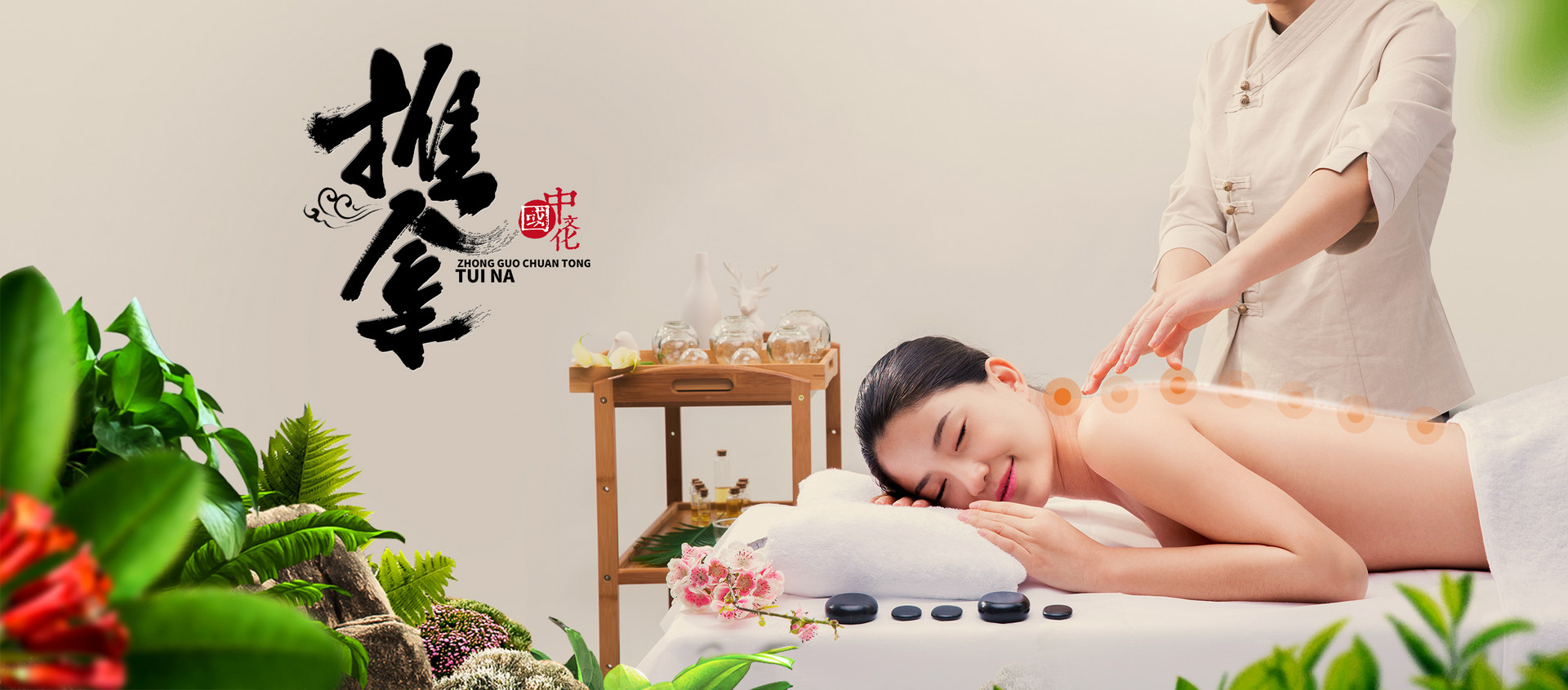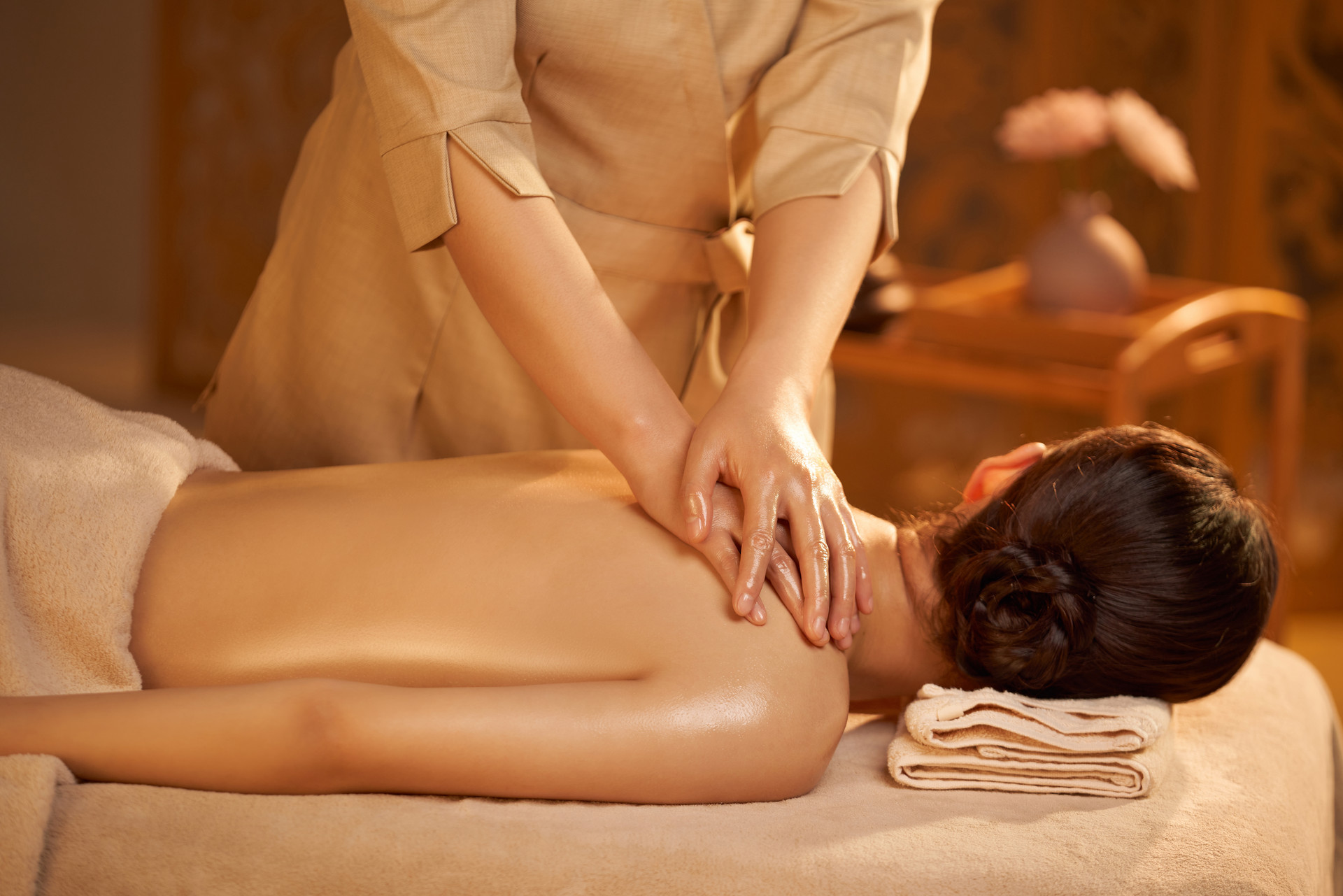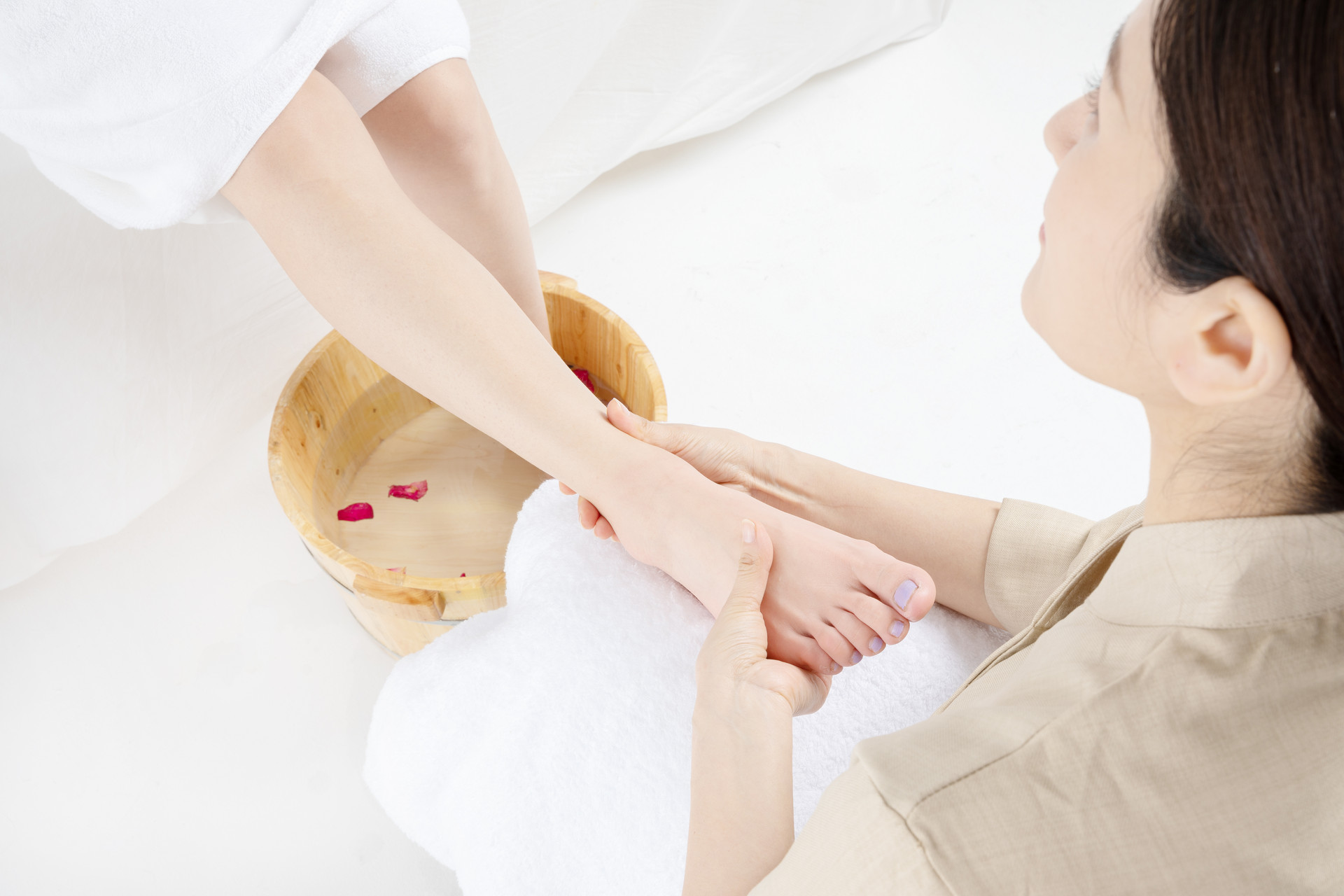"Rubbing Technique" is a type of massage technique that focuses on using the fingertips, palm, or the base of the thumb or little finger to apply moderate pressure on the skin or meridians of the affected area. The rubbing motion is performed in an up and down, left and right, or circular motion, generating a certain amount of heat.
Rubbing technique can be applied to various parts of the body and has the effects of promoting blood circulation, eliminating stasis, warming and opening the meridians, dispelling wind and cold, regulating qi and invigorating the spleen and stomach.
There are four types of rubbing techniques: using the fingertips for rubbing is called finger rubbing; using the entire palm is called palm rubbing; using the base of the thumb (thumb root) is called fish joint rubbing; using the base of the little finger is called side rubbing. Among them, finger rubbing and palm rubbing produce less heat, fish joint rubbing produces moderate heat, and side rubbing produces the most heat. Rubbing technique plays an important role in the health preservation of middle-aged and elderly people. With gradual progress and persistence, it can promote health and vitality. The following are examples of related methods:
1. Low back muscle strain, hemiplegia, various spinal inflammations:
The patient lies prone or sits on a low stool with elbows flexed, and the operator stands on the patient's side. The fingers or palm are extended, using the base of the little finger to apply pressure, closely adhering to the skin on both sides of the spine on the upper back, performing continuous back and forth rubbing in a straight line from top to bottom. This rubbing technique has the effect of warming and dispelling cold throughout the body, dispelling wind and activating blood circulation, strengthening the waist, and invigorating the kidneys.
2. Soft tissue contusions in the lumbar-sacral region, kidney deficiency-related lower back pain, chronic pelvic inflammatory disease:
The patient sits on a low stool with elbows flexed or lies prone, and the operator stands in front of them. The palm is extended, using the entire palm to apply pressure, closely adhering to the skin on one side of the lumbar-sacral region, performing continuous back and forth rubbing in a straight line towards the other side. This rubbing technique has the effect of warming the kidneys, strengthening yang, promoting qi and blood circulation, and reducing swelling and pain.
3. Frozen shoulder, cervical shoulder pain syndrome:
The patient sits upright, and the operator stands behind them. One hand supports the elbow to externally rotate the affected shoulder, while the other hand forms a loose fist with the palm slightly bent, using the base of the thumb and palm root to apply pressure, performing circular or continuous back and forth rubbing from bottom to top on the shoulder and back. This rubbing technique promotes blood circulation and relieves pain in the shoulder and back.
4. Knee arthritis, patellar cartilage disease, patellar tendonitis:
The patient lies supine or sits with the knee extended, and the operator sits on their side. The thumb is extended, using the base of the thumb to apply pressure, closely adhering to the skin around the knee joint, performing continuous back and forth rubbing in a straight line or arc shape from the distal to proximal or from the inner to outer side. This rubbing technique has the effects of warming the meridians, promoting blood circulation, reducing swelling, and relieving pain in the knee joint.
5. Gastrocnemius muscle spasm:
The patient lies prone, and the operator stands on the affected side. The palm is extended, using the palm, palm root, or base of the little finger to apply pressure, closely adhering to the calf, performing continuous back and forth rubbing in a straight line from bottom to top. This rubbing technique has the effects of warming the meridians, dispelling cold, and relaxing tendons.
6. Hypertension, headache, dizziness, insomnia:
The patient lies supine, and the operator sits in front of them. Both hands extend the index, middle, and ring fingers together, with the left and right hands lightly touching the skin on both sides of the patient's neck at the sternocleidomastoid muscle, performing continuous back and forth rubbing from top to bottom. This rubbing technique promotes the circulation of qi and blood in the head and neck, relieves pain, and calms the mind.
7. Headache, cold, dizziness, decreased vision:
The patient sits upright, and the operator stands in front of them. One hand supports the top of the patient's head, while the other hand slightly bends the thumb and applies pressure with the radial side of the fingertip, lightly touching the skin at the temple on the affected side, with the other four fingers extended, performing continuous back and forth pushing and rubbing from top to bottom or in a circular motion. This method warms the meridians, dispels cold, clears the mind, and improves vision.
8. Chest tightness, chest pain, coughing, asthma:
The patient sits upright, and the operator stands on the outer front side. The palm extends, using the entire palm to apply pressure, closely adhering to the skin below the clavicle on one side, moving downward to the lower chest, performing continuous back and forth rubbing from top to bottom. This rubbing technique widens the chest, regulates qi, and relieves wheezing and counterflow.
9. Cough, asthma, muscle strain in the back and waist:
The patient sits upright, and the operator stands on the outer back side. The palm extends, using the entire palm to apply pressure, closely adhering to the skin on one side of the chest and back, gradually moving downward to the waist, performing continuous back and forth rubbing from top to bottom. This rubbing technique warms the lungs, dispels cold, and promotes meridian circulation.
When performing these techniques, it is important to apply steady pressure, maintain a smooth and continuous motion, and breathe naturally without holding the breath. The frequency should be 100-200 times per minute. It is also important to apply an appropriate amount of lubricating oil or ointment to prevent skin abrasion. Additionally, individuals with severe heart, liver, kidney diseases, or conditions such as tuberculosis, influenza, meningitis, cancer, dermatitis, or psoriasis should avoid using rubbing techniques.











